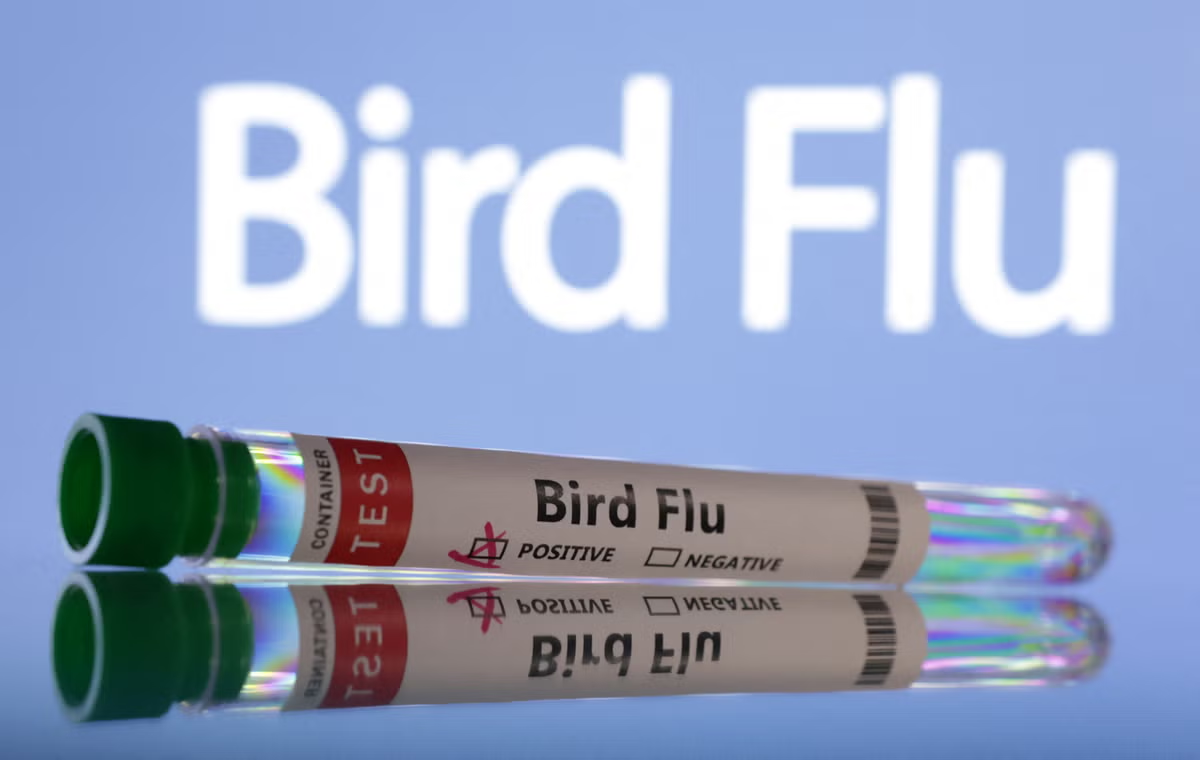Former CDC Director Predicts Bird Flu as the Next Pandemic
In a recent interview, former Centers for Disease Control and Prevention (CDC) Director Robert Redfield raised alarms about the potential for bird flu to become the next global pandemic.
Speaking with a news outlet, Redfield expressed concern over the increasing spread of bird flu, particularly noting its recent impact on cow herds across the United States.
“I really do think it’s very likely that we will face a bird flu pandemic at some point. It’s not a question of if, but rather a question of when,” Redfield asserted.
Bird flu, or avian influenza, poses a significant threat due to its high mortality rate when it infects humans. Redfield highlighted the stark difference between the mortality rates of COVID-19 and bird flu.
While COVID-19 had a mortality rate of approximately 0.6%, bird flu could have a mortality rate ranging from 25% to 50%.

The urgency of this prediction is underscored by recent reports from U.S. officials confirming the country’s third human case of bird flu linked to the ongoing outbreak among dairy cattle.
READ ALSO:
Brighton Names New Coach: Announces Roberto De Zerbi’s Successor
Globally, there have been 15 human infections caused by the H5N1 bird flu strain. Although there is no current evidence of the virus spreading between humans, Redfield explained that bird flu would need to acquire five specific amino acids to bind effectively to human receptors and facilitate human-to-human transmission, similar to COVID-19.
“Once the virus gains the ability to attach to human receptors and spreads from person to person, that’s when we’ll face a pandemic. I believe it’s just a matter of time,” Redfield cautioned.
The timeline for these amino acid changes remains uncertain, but Redfield expressed concern about the virus’s detection in cattle herds across the U.S.
He pointed out that the necessary genetic changes for bird flu to become highly infectious to humans are well-documented, as controversial research published in 2012 provided the “recipe” for these modifications.
Over the past few years, the highly pathogenic avian influenza virus has expanded its reach, infecting over 50 animal species, including dairy cattle in the United States.
This spread has raised concerns about farming practices. Unlike in Europe, American farmers are permitted to feed cattle ground-up chicken waste, which some scientists suggest could be a risk factor for bird flu transmission. However, the feed industry disputes this claim, and U.S. authorities believe wild birds are primarily responsible for the infection of cows.

READ ALSO:
‘Sell Maguire’: Ferdinand Urges Man United to Sell Four Star Players
Redfield’s warnings highlight the need for heightened vigilance and preparedness to combat the potential threat of a bird flu pandemic. As the virus continues to evolve and spread, monitoring and proactive measures will be crucial in preventing another global health crisis.
Discover more from Cine critique
Subscribe to get the latest posts sent to your email.

